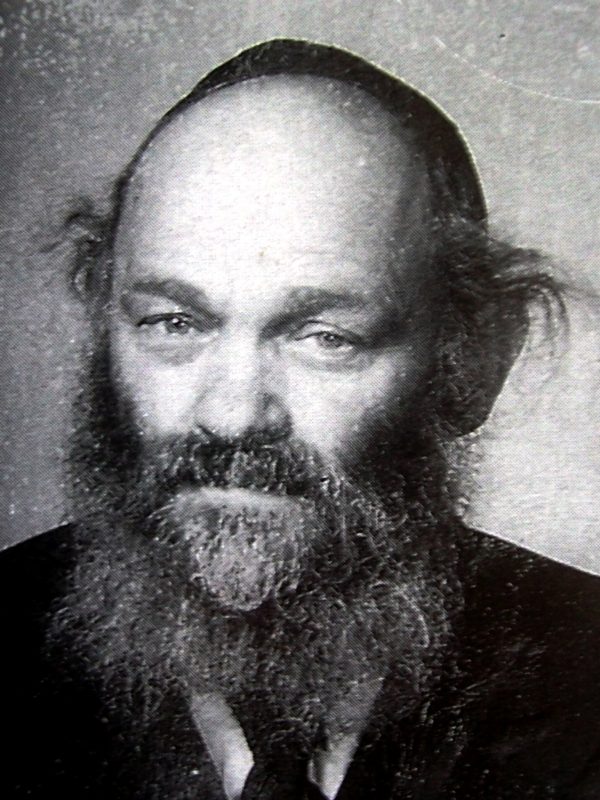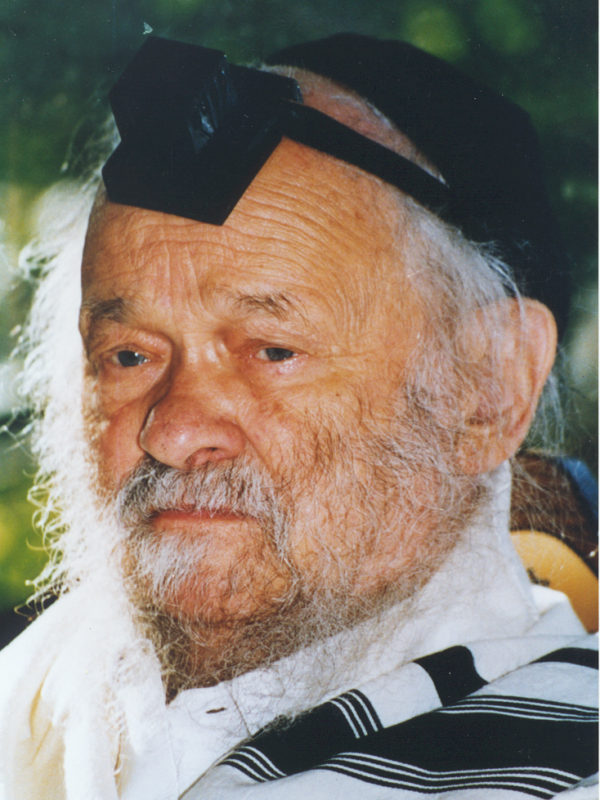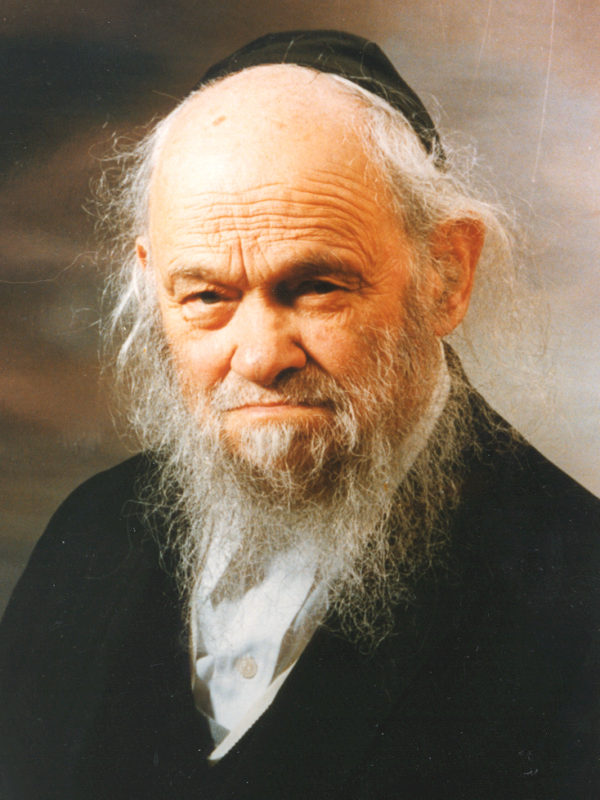The “Saba”, a pillar in the world of yeshivot of Europe The famous Yeshiva Beth yossef was founded by Rav Yosef Horowitz in 1896 in Novardok, Russia. He is the son of Rav Shlomo Zalman Horowitz, who was then the Rav of the city of Novardok. Rav Yosef Horowitz, ztl quickly distinguished himself by his deep learning in the Torah and began teaching beth hamidrash when he was barely 16 years old. He took charge of the Jewish education of his children by becoming their tutor. He was influenced by Rabbi Israel Salant. Following his advice, he went to study at Kovna kollel. He had two children from his first wife. She died giving birth to her second child. Several years later, he remarried and decided to live his life away from everything in a cabin in the heart of the forest. He hoped by this ascetic life, to work deeply on his person and to elevate spiritually. Subsequently, Rabbi Simha Zissel convinced him to break with this way of life and encouraged him to mingle in public life. He then worked in the Rabbi Itzhak Blazer association. He founded a chain of kollelim for avrehim. Beside each kollel, he also founded a yeshiva ketana. In 1896, he founded in Novardok the yeshiva guédola on the Lithuanian rite. The fame of this yeshiva has attracted many Jews, including Hasidim. In its beginnings, the yeshiva had 300 students and 60 avréhim. Aside from the daily study of the Chumash & Gemara, the yeshiva places a high importance on mussar, Jewish ethics. The discussions between students on the themes of fear and mussar are also characteristic of this yeshiva. During the First World War, the yeshiva remained open, unlike most other yeshivot. In 1916 he moved the yeshiva. At that time, the Russian army was trying to conscript the local Jewish population. Faced with this situation, Rav Yossef made the decision to disburse his students all over Russia and to establish mini yeshivot near where his students were sent. In total, there were over 1,500 students throughout Russia. Each of his yeshivot had representatives. During the meetings, the students took turns to transcribe each of the speeches of the one who was now called the “Saba”. All speeches were compiled and the book “madrigot haadam” was published. In 1918, the Bolshevik revolution harmed Judaism and the yeshivot became isolated. It was a very difficult time for Judaism. In 1919, he moved his yeshivot to Kiev and asked all students to move to Kiev. At that time, typhus decimated the populations. Despite his many preoccupations, he took care of his sick pupils himself. 16 of his students died. He died on 17 Kislev at the age of 72. Just before he left, he told his students his last recommendation: “fight your whole life for the truth.”From Russia to Bussières, a world-wide yeshiva …







